In the grand scheme of things, I’m an average esports racer. I don’t have an awesome hot-lap pace, I have a regular nine-to-five job and there are a number of hobbies outside of sim racing that fill my spare time. But mainly, I also have very poor Balance of Performance moaning skills (more on that later).
However, I’ve been fortunate enough to win a few races and championships over the years – mixing with some very quick esports professionals and real-life drivers. However, I couldn’t say that I’d ever raced at the very pinnacle of the genre, until now…
The GT World Challenge (GTWC) is created by SRO Motorsports Group, and runs championships across the globe for GT3 cars (think Ferrari, Lamborghini, Aston Martin, Porsche etc.) The official game of the 2021 GTWC is Assetto Corsa Competizione (ACC), and when it was announced that real-life GTWC drivers could earn team championship points through on-site ACC races, it helped reinforce the idea that the gap between sim and real racing was closer than ever.
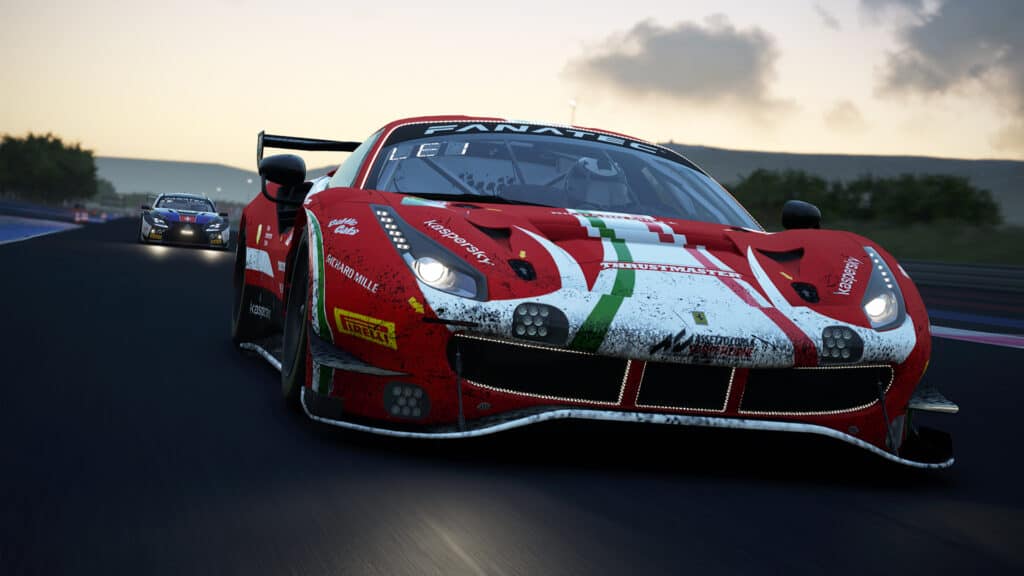
As a sideline to this, SRO launched both Endurance and Sprint esports series to mimic the real championships, with hot-lap qualifiers to decide which teams and drivers made the virtual grid. The sim racing team I drive for – Zansho Simsport – were entered under the Rocket Simsport banner, a satellite team with stewardship from Chris Buncombe and Jenson Button.
But through a tie-in with real GTWC team Jota Sport, another Zansho entry found itself on the starting grid for Monza. Alongside me in the car would be Traxion’s very own John Munro, young karting sensation Robbie Stapleford, and JOTA’s resident Pro driver Ben Barnicoat, and we’d be in the sleek-looking McLaren 720s GT3.
For the shorter races – such as round one’s 3 Hours of Monza – two-driver entries were required, so it was the team’s youngest and oldest drivers teaming up for the first race – Robbie and myself!
Yes, I’m the old one.
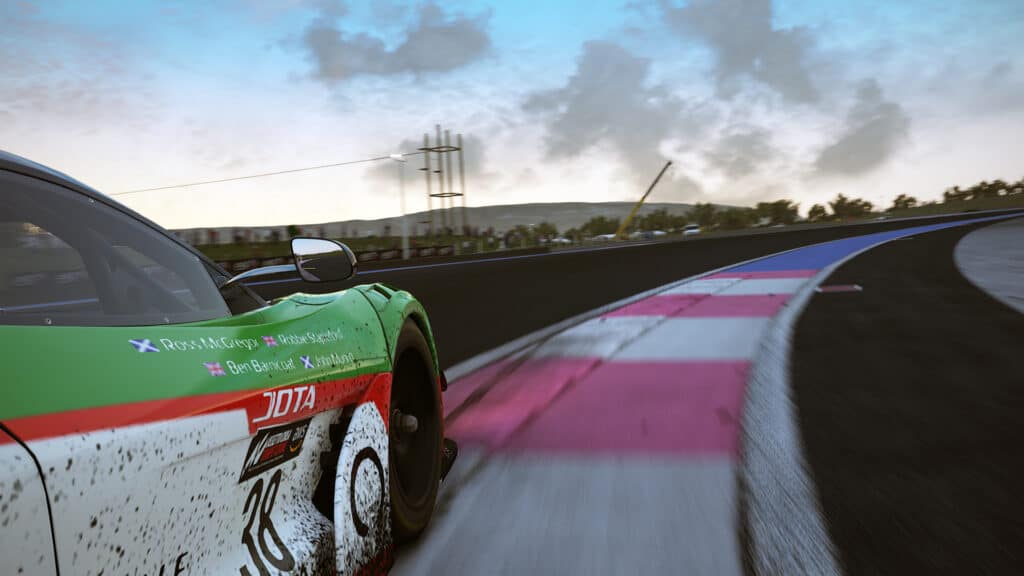
Round 1: 3 Hours of PainMonza
We had a lot of work to do in a short space of time to prepare for the opening round. Unfortunately, it was a rather underwhelming start to the season.
Referring back to my hot-lapping pace shortfall, I qualified towards the back of the field but was still hopeful of moving forward in the race. 28th out of 34 on the grid, got caught up in the usual Monza first lap madness, and struggled with a damaged car for the remainder of my stint, battling away with the Williams Esports and official Honda entries – albeit nowhere near where we wanted to be.
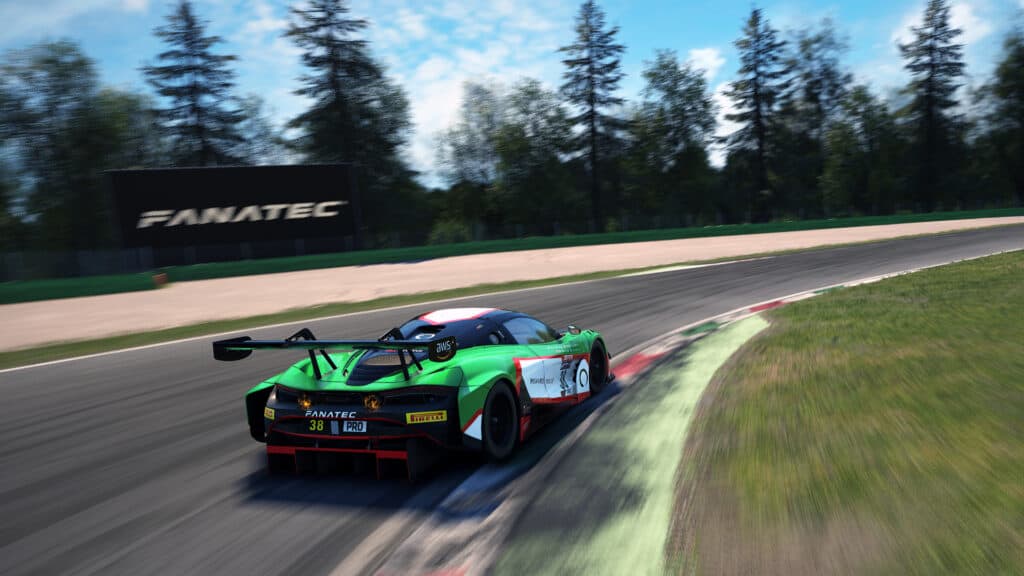
Electing not to repair the car our first pitstop, Robbie took over driving duties, but again we struggled to make an impact in the race due to the damage incurred on lap one decreasing our top speed. Feeling bad that I made the wrong strategy call, I asked Robbie if he wanted to do the final stint with a fully-repaired car – this way we could at least show our potential pace. Sure enough, Robbie’s final stint was excellent, and we were the fastest McLaren on track, giving us optimism for round 2 at Paul Ricard.
Round 2: 6 Hours of Red and Blue Stripey Doom
The second round at Paul Ricard was a six-hour race, so myself and Robbie were joined in the car by Traxion correspondent and all-around good guy, John Munro.
Practice for this level of event meant working intensely with engineers on car setup – ours being Nick Deeley – with all drivers chipping in with ideas and performing extended test sessions to evaluate setup changes. MoTeC data is analysed, coupled with observations from drivers, so the car setup can be optimised for everyone.
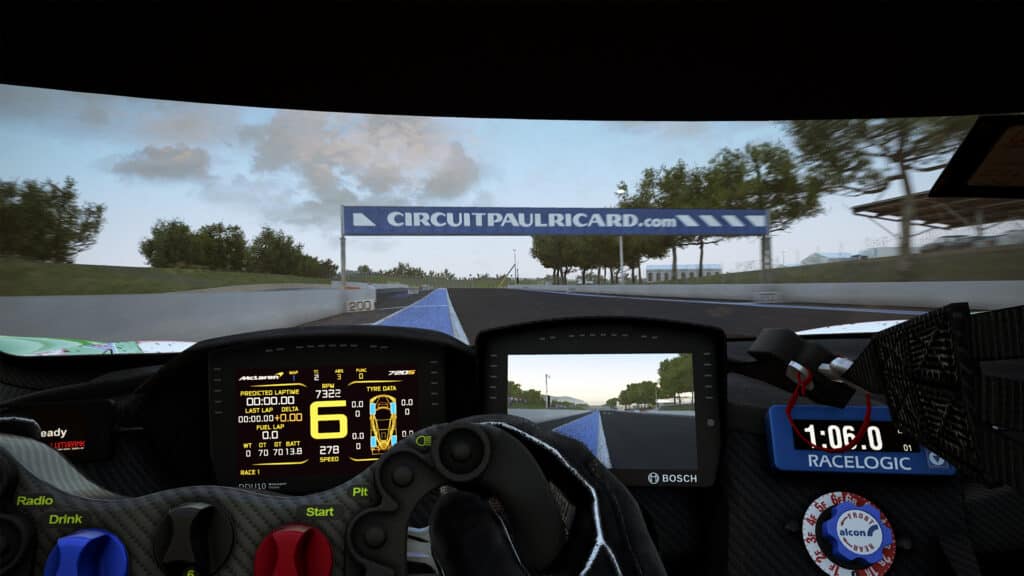
This is key because in endurance racing the team is only as strong as its weakest link, so you cannot afford to have one driver struggling with a designated race setup. Compromise is the word of the day in these situations and is a huge part of the teamwork required to get results. Everyone has to feel comfortable in the car.
All this work is necessary when you’re up against some of the most successful and fastest teams in esports. For example, VRS Coanda Simsport is one of the biggest names in sim racing and took second and fourth at Monza using the less-fancied Porsche 911 GT3R, joined by teams from the Jean Alesi Esport Academy, YAS Heat and the aforementioned Williams Esports.
BoP
In pre-race testing for Round 2, the topic of Balance of Performance (BoP) reared its ugly head as the Porsche enjoyed a favourable performance calculation, culminating in the winning car lapping everyone up to third place. Sure, they performed flawlessly, but so did a few other professional esports teams, and this caused a lot of tension, leading to heated discussions between the teams before, during and after the race.
In important races with evenly matched and highly skilled competitors like these, it’s almost inevitable that there will be some kind of disagreement. As a competitor though, it’s best to steer clear of any public quarrels, as you’re representing your sim racing team, your manufacturer, and in some cases even a real-life motorsport operation. For us at Zansho/JOTA, it’s all three!
No pressure.
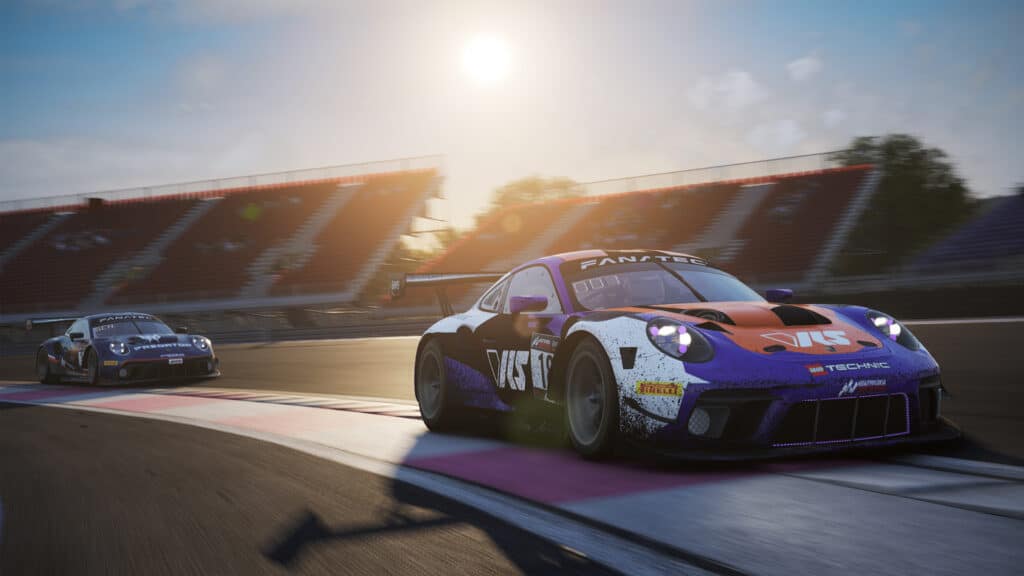
But onto our race; it was thankfully a marked improvement on Monza. Robbie started the car and had a clean opening stint, with he and John sharing phenomenal pace. I was a little bit slower, struggling especially in the early stages of a stint, but lapped consistently and safely.
Crucially at Paul Ricard, I also avoided track cut penalties, which would play out in our favour later when a couple of cars ahead gained drive-through penalties. This is where practice and consistency come in; there’s no point lapping at ten-tenths if you’re driving through pit lane every few laps.
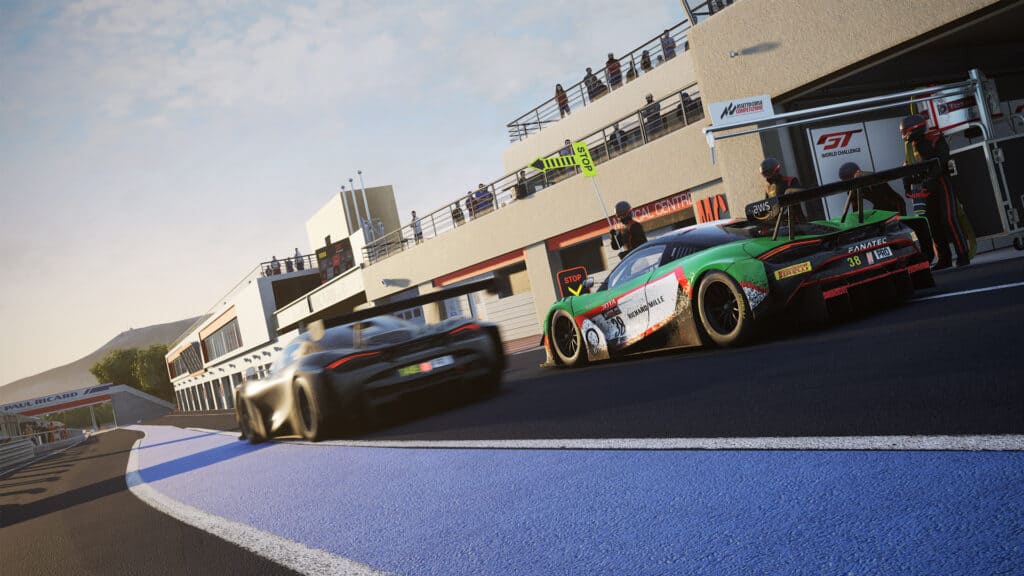
In longer races like this you often need a little pragmatism too – letting an opponent overtake is a good call if said driver has a bit of a reputation for dangerous moves for example. If Andy Neate was behind you lining up a move, would you let him pass? I think so…
Constant communication with your teammates and engineer throughout the race is vital to making the correct calls at critical moments like this and is certainly something we take pride in.
In the end, we finished eight, and this moves the JOTA entry up to 10th in the overall standings. Not bad after a disappointing start!
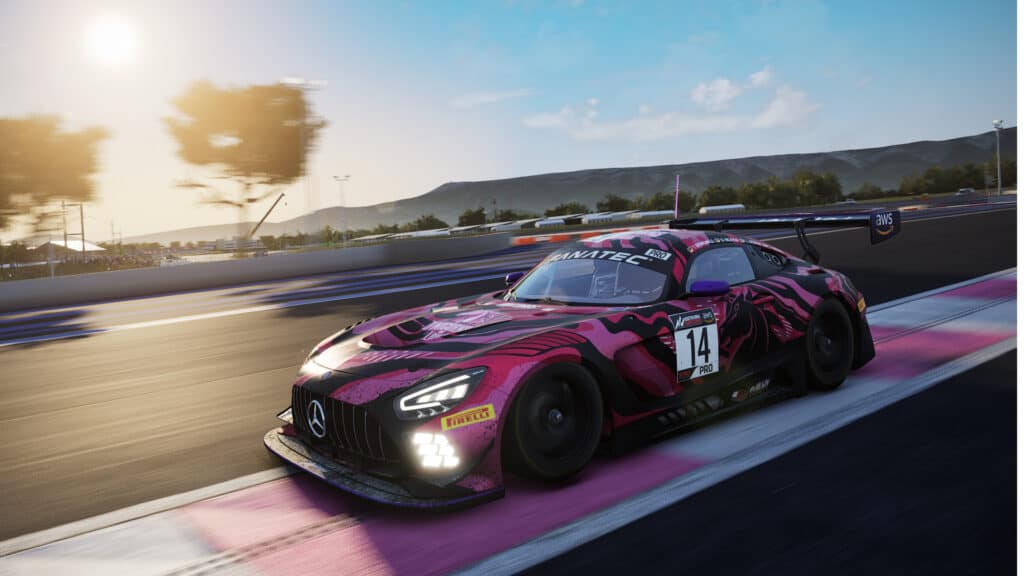
For another view on SRO Esports, here’s the view of Traxion’s John Munro:
“Racing in SRO for me has moved esports to a level that I barely knew existed. Yes, there are plenty of super-competitive leagues out there that require hard work and dedication, but the level of driving in SRO means you have to practice and prepare like never before, then bring your A-game every single lap for hours on end if you even want a chance at scoring some points.
“It’s astonishing, and prepares you in a way that ends up changing your perspective of other leagues and their competitiveness, even if you used to see them as the highest level.”
With that in mind, we headed onto the next round, the 24 Hours of Spa, which has around three hours left as you read this. I may not have the ultimate hot-lap pace, but I can multitask with the best of them!
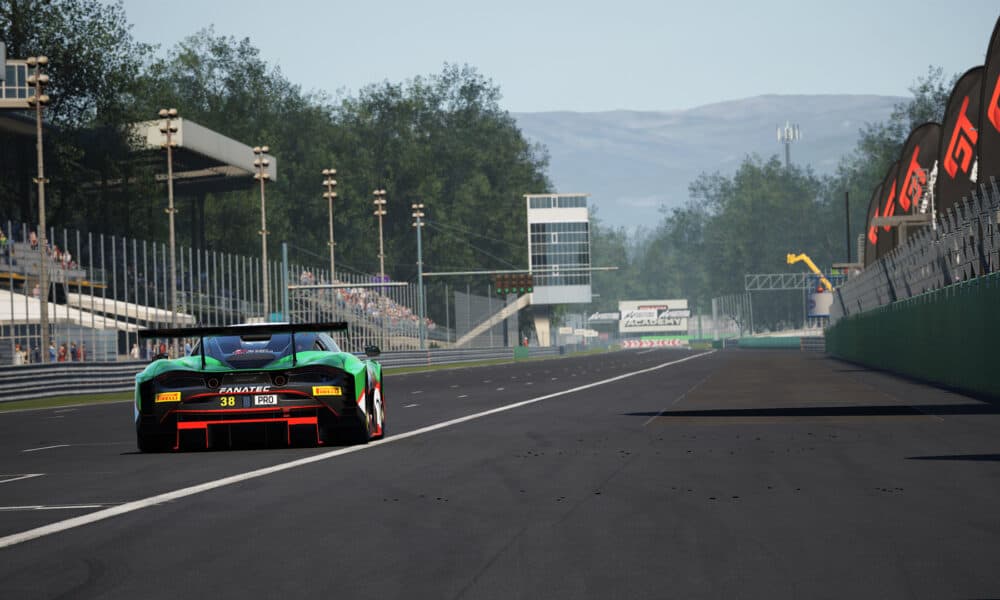
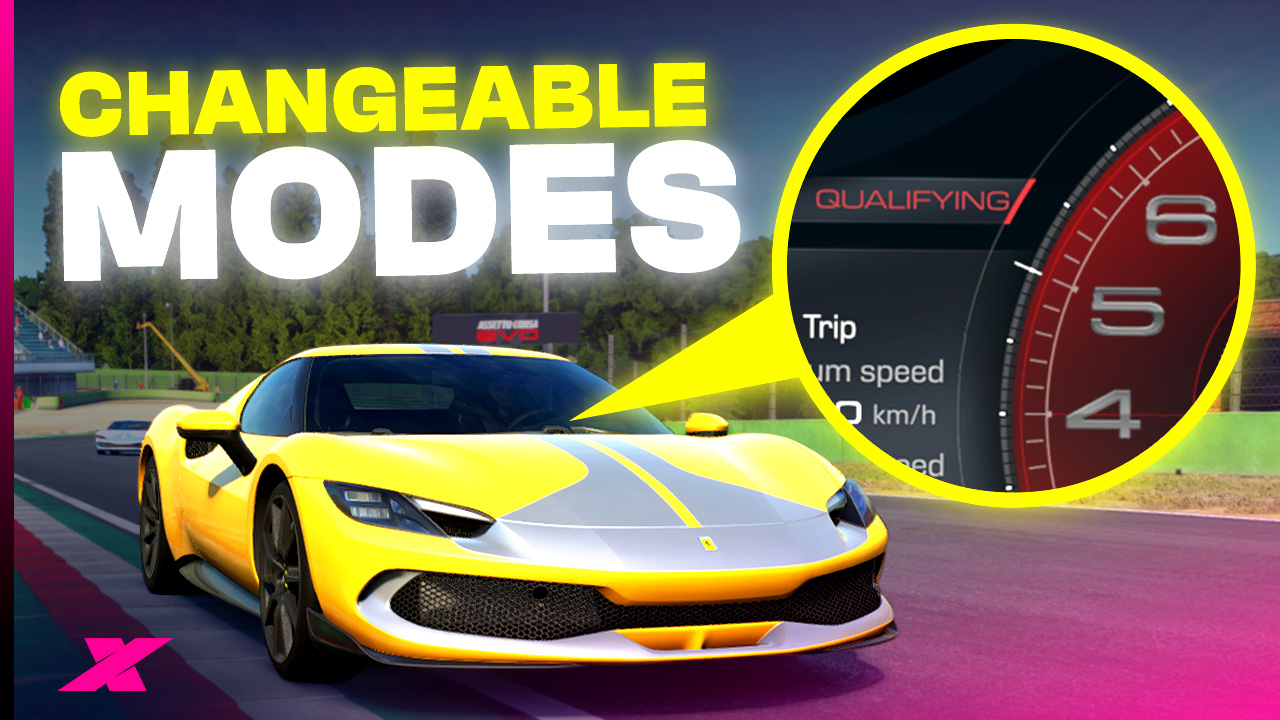




Chat with the Community
Sign Up To CommentIt's completely Free